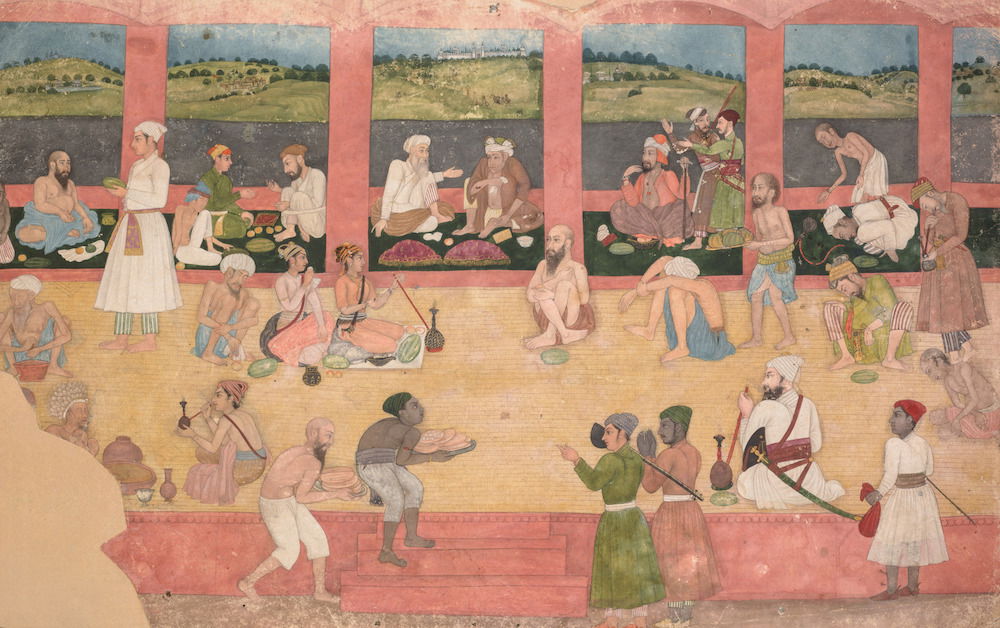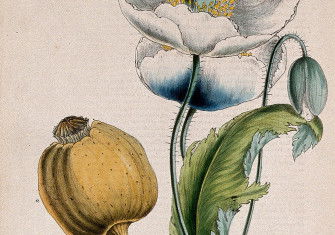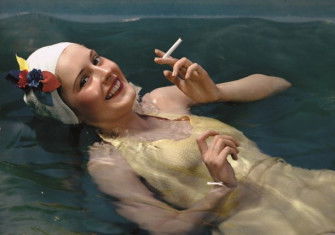Psychonauts by Mike Jay review
Psychonauts: Drugs and the Making of the Modern Mind by Mike Jay is a fascinating study of cyclical attitudes towards self-experimentation.

As early as the 1790s, doctors, scientists and other specialists sought to plumb the expanses of their minds through psychoactive drug use in pursuit of better knowledge of their chosen substances’ effects. On these quests, self-experimentation was long regarded as indispensable and, before the late 19th century, had public and professional support. As the century progressed, the mood changed due to growing concerns regarding the risk of addiction, a preference for ‘objective’ forms of research that overlooked a drug’s benefits, and – consequently – support for outlawing their use. The last 30 years have seen resumed support for self-experimentation in ascertaining the usefulness of psychedelic drugs. Taking the long view, Mike Jay helps us understand the historical complexities behind modern-day drug policy.
Jay’s title comes from the German author Ernst Jünger. In his 1949 novel Heliopolis Jünger coined the term psychonauts to refer to people who used drugs to explore their minds. Collectively, Jay’s subjects experimented with laughing gas, ether, chloroform, hashish, morphine, cocaine, mescaline and LSD. Some of his psychonauts will be familiar: Sigmund Freud, for example, who used cocaine and studied its potential therapeutic value, or Timothy Leary, who experimented with LSD. Jay also includes many less famous but equally influential self-experimenters, sharing their insights, their impacts and the reasons why their approaches fell from favour.
Advocates of self-experimentation insisted that, without trying it themselves, they could not understand a drug’s effects, given how inscrutable second-hand accounts could be. In the 1790s, one such psychonaut wrote of laughing gas that, under its influence, ‘I feel like the sound of a harp’. Many researchers hoped to experience the visions and feelings that the substances inspired, and thereby to determine the drugs’ value in treating ailments. Others saw substances as providing a portal to insights and truths otherwise unattainable or hidden. When the French psychiatrist Jacques-Joseph Moreau tried hashish, for example, he concluded that ‘the inner world of dreams and the waking state of reason’ could ‘coexist and observe one another’. In 1902, the American philosopher William James claimed that our ‘waking consciousness’ was not our only consciousness.
Not everyone was convinced. The philosopher Auguste Comte insisted that mental events were not facts. Hashish use as depicted in the Arabian Nights popularised the notion that drug-inspired dreams were mere delusions. For many it was impossible for a doctor to be, simultaneously, a subject and a researcher.
During the 19th century there was popular interest in attaining different levels of consciousness; experimentation with drugs was just one of many available paths. Some people attended séances or underwent hypnosis in order to further explore the mind. There was interest in the potential of split personalities, and Robert Louis Stevenson’s The Strange Case of Dr Jekyll and Mr Hyde, published in 1886, provided a metaphor for the ‘drug-induced personality change’. But the accounts produced by the self-experimenters exerted significant cultural influence. After the French writer Jean Lorrain wrote about his use of ether, James Joyce adopted his stream-of-consciousness style of writing. Paul Cézanne gave visual expression to the American philosopher William James’ experiences, combining ‘multiple perspectives of the same object in a single canvas’, while Albert Einstein demonstrated that ‘time was not a single and universal measure but perspectival and plural’. Reality was more complex than many had assumed.
In the US, self-experimentation was discouraged during the Progressive Era, when social scientists focused on the degree to which drug use endangered the user and, more broadly, society. This perspective, and resulting policies, endured for most of the 20th century. After the 1912 International Opium Convention at The Hague, the US, France and Britain would ban various drugs, including cocaine and heroin. In 1971 Richard Nixon declared a ‘War on Drugs’; there has yet to be an armistice.
After this, self-experimentation largely ceased to be an option for researchers. As Jay notes, the emphasis in the early 20th century was on measuring brain activity, rather than studying consciousness. Jay does not shy away from the risks of drug use and the dangers of misplaced optimism, such as Freud’s assertion that cocaine could be used to end opiate addiction. He also points out, however, that some effects could not be quantified. Earlier researchers had noted their drugs’ ability to impart happiness, for example. Researchers would also learn that a drug’s effect was shaped by the social context in which it was consumed.
Most psychonauts were educated white men, but not all. Paschal Beverly Randolph was a Black spiritualist who wrote that hashish helped him to ‘explore the ineffable and serene mysteries of the human soul’. The Irish revolutionary Maud Gonne recorded her own experiences with the same drug in the 1890s. Undertaking such experiments was a bigger risk for Randolph and Gonne than it had been for Moreau. Racism and classism shaped, and still shape, drug policy. Today we often see support for research into psychedelic substances which happen to be the preferred drugs of white, college-educated users: ‘Behind the boutique cannabis stores and Silicon Valley psychedelic start-ups, the War on Drugs grinds on.’
Psychonauts is a fascinating study of the cyclical attitudes towards self-experimentation with drugs. As Jay notes, modern-day self-experimentation can add to medical understanding of drugs’ potential. Because ‘all drugs have the potential to heal and to harm’, researchers continue to pursue the goal of deriving as much benefit as possible from them while minimising their risks.
Psychonauts: Drugs and the Making of the Modern Mind
Mike Jay
Yale University Press, 376pp, £20
Buy from bookshop.org (affiliate link)
Elizabeth K. Gray is the author of Habit Forming: Drug Addiction in America, 1776-1914 (Oxford University Press, 2022).






